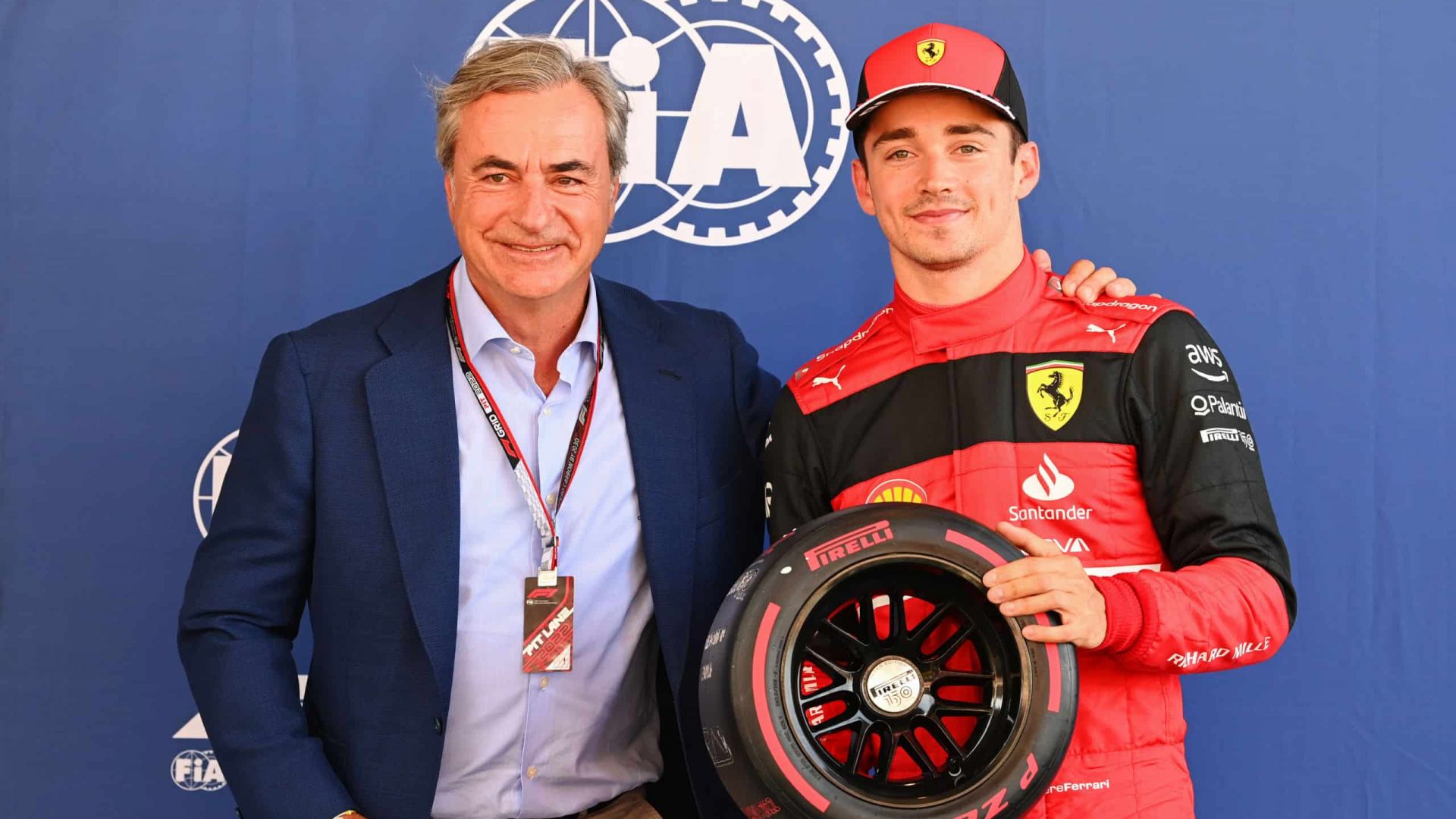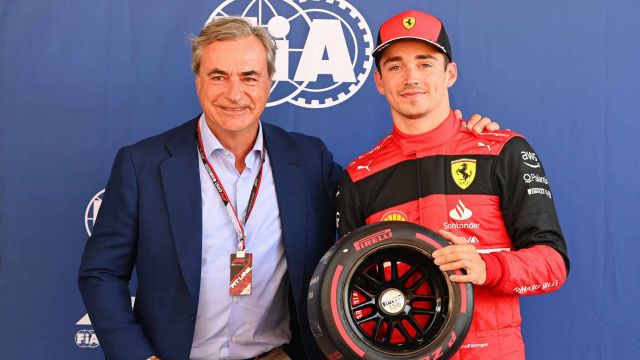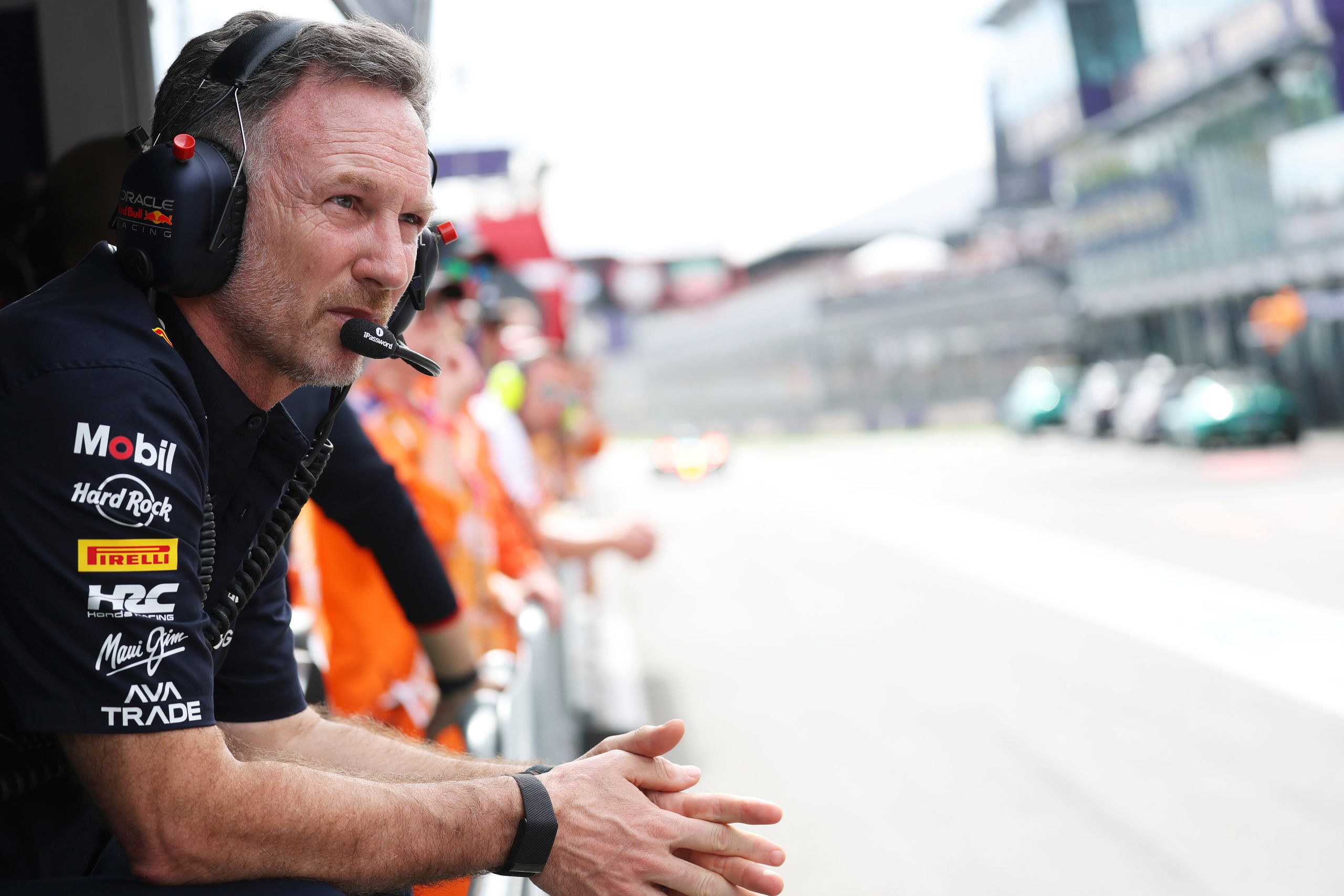Breaking Down the Formula 1 Qualifying Rules: Understanding Penalties, Disqualifications, and More


If you’re new to the world of Formula 1, it can be overwhelming to understand all the different rules and regulations that come with the sport. One of the most important aspects of Formula 1 racing is qualifying, where drivers compete to determine their starting position on the grid for the race.
In this article, we’ll break down how Formula 1 qualifying works, and the rules, including penalties, disqualifications, and more, to help you better understand this crucial part of the sport.
Understanding the Qualifying Structure
F1 qualifying is broken up into three parts, Q1, Q2, and Q3.
In the first phase of qualifying, called Q1, all the drivers have 18 minutes to go out on the track and set their fastest times. At the end of that period, the slowest five drivers are eliminated, and the remaining 15 cars go through to the next phase.
In Q2, the remaining 15 cars have 15 minutes to set their fastest times. Again, at the end of the segment, the slowest five cars are eliminated, and the top 10 go through to the final phase of qualifying, Q3.
In Q3, the top 10 drivers have 12 minutes to set their fastest times, with the driver who sets the fastest time claiming pole position. Once the 12 minutes are up, the grid positions for the race are determined based on the times set in Q3.
During the 2022 F1 season, world champion Max Verstappen made it into Q3 in every single race for Red Bull.
And although they experienced difficulties being competitive in races in 2022, the Mercedes duo of Lewis Hamilton and George Russell performed well in qualifying, with Hamilton making it to Q1 on 20 occasions, while Russell was there 19 times.
Ferrari’s Charles Leclerc enjoyed some stellar qualifying performances in 2022, scoring pole position in nine grands prix, though it wasn’t enough to keep him in the title fight with Verstappen.
The slowest driver in 2022 in terms of qualifying performance was Nicholas Latifi of Williams, who was knocked out in Q1 a staggering 21 times.
Penalties for Rule Violations
Now that you understand the basic structure of a qualifying session, let’s dive into the penalties that drivers can incur if they break the rules. There are several different types of penalties that can be handed out, including grid penalties and disqualifications.
Understanding Penalties for Engine Element Usage
As engines are the most critical component of an F1 car, the FIA imposes strict limits on their usage. Each driver is only allowed to use three engines per season, and any usage beyond that results in penalties. The penalty structure for engine element usage is as follows:
- The first time an additional engine element is used, the driver gets a 10-place grid penalty.
- The next time an additional element is used, the driver gets a five-place grid penalty.
- If a driver incurs a penalty exceeding 15 grid places, they will be required to start the race at the back.
It’s worth noting that drivers can use more than three engines per season, but each additional engine incurs a grid penalty as described above.
It’s also important to note that these grid penalties only apply to the driver’s starting position for the race, not their qualifying position. For example, if a driver incurs a 10-place grid penalty, they will start the race 10 places behind their qualifying position.
Understanding Disqualifications
In addition to penalties, there are also rules that can lead to disqualifications from qualifying. For example, a driver can be disqualified if they fail to set a time within 107% of the fastest time set in Q1. Additionally, a driver can be disqualified if they fail to comply with technical regulations, such as weight limits or fuel restrictions.
How do the rules with tyres and F1 qualifying work?
First, let’s look at the revised qualifying format that was introduced ahead of the 2022 F1 season. One of the most notable is the elimination of rules around tire compounds during qualifying. This means that drivers can now use whichever tire they choose during qualifying, rather than being restricted to a specific tire compound come race day.
However, it’s worth noting that there have been changes to the allocation of medium and hard tires, as well as rules around their use during qualifying. Drivers are now required to use one medium and one hard compound tire during the regular, three-stage qualifying session. Additionally, each driver will only be allowed to use the hardest compound of dry tires during the first stage of qualifying, known as Q1.
What are the running restrictions on F1 tires?
Before each race, every F1 team is given a set of starting parameters for their tires. This includes the pressures they must run at, the maximum temperatures they can reach, and the minimum starting pressures they must meet. These parameters are designed to ensure that all teams are running their tires in a safe and consistent manner.
It’s also worth noting that F1 tires are designed to degrade quickly, which means that teams must carefully manage their use during the race. This often involves making strategic pit stops to change tires and ensuring that they are using the right compounds for the current track conditions.
While drivers are now free to use whichever tire they choose during qualifying, there are still restrictions around the allocation of medium and hard compound tires, as well as rules around their use during the three-stage qualifying session.
What happens if two drivers tie in F1 qualifying?
If two drivers tie in F1 qualifying, the grid position will be determined by the driver who set the fastest time first.
However, if two drivers finish the season with the same number of points, the world championship winner is determined by the number of wins. If the number of wins is also equal, then the number of second-place finishes is taken into account, followed by the number of third-place finishes, and so on, until a winner is declared.
It’s worth noting that there have been cases of ties in F1 history. For instance, in the 2002 United States Grand Prix, Michael Schumacher and Rubens Barrichello tied on points, and Schumacher slowed down on the last lap to orchestrate a tie at the finish line.
However, such cases are rare, and the FIA has developed tiebreaker rules to ensure that there is always a clear winner in the championship.
How many sets of tires are allowed in F1 qualifying?
In F1 qualifying, each team is allocated a total of 13 sets of dry-weather tires to be used over the course of the weekend. Out of these 13 sets, teams are allowed to use a maximum of three sets of dry tires in the Free Practice sessions, and they must return the sets used in FP1 before the start of FP2 and FP3.
During qualifying, teams are free to use any of the remaining sets of dry tires they have been allocated, as long as they follow the rules around mandatory tire usage. For example, in 2023, F1 is trialing a new rule that requires drivers to use at least one set each of the medium and hard compounds during qualifying.
It is important to note that teams are only allowed to keep a maximum of three sets of dry tires for the main race, and are also issued with four sets of intermediate and three sets of wet weather tires per car for rain conditions.
What is the 107% qualifying rule?
The 107% qualifying rule is a regulation in Formula One that requires each driver to set a lap time within 107% of the fastest qualifying time in order to be able to compete in the race. If a driver fails to do so, they will not be allowed to start the race.
The rule was introduced to ensure that all the cars on the grid are competitive and safe, and to avoid having a significantly slower car on the track.
The 107% rule is calculated by multiplying the fastest lap time in qualifying by 1.07. The lap time of each driver must not exceed this time, or they will not be allowed to participate in the race.
The 107% rule was put in place for the 1996 season and used until 2002, then it was paused until 2011, and has been used in all Formula One races since then.
Formula 1 Qualifying Rules – Conclusion
Formula 1 Qualifying Rules are complex and intricate. However, after breaking down each aspect of the rules and analyzing how they affect the outcome of the qualifying rounds, we have come to several key takeaways.
Firstly, the qualifying rounds in Formula 1 are crucial in determining the grid for the race. The starting positions can make a significant difference in the race outcome. Therefore, teams strategize to get the best possible starting positions for their drivers.
Secondly, the format of the qualifying rounds has changed over the years. The current format consists of three sessions with elimination rounds, which makes it more exciting for fans and more challenging for teams.
Thirdly, the new rules introduced in 2021, like the introduction of the F1 sprint qualifying session format (on selected F1 Sprint Race weekends), have made qualifying even more unpredictable with Saturdays sprint race adding more value for Sky Sports F1 subscribers and more entertainment for fans.
In conclusion, understanding the Formula 1 Qualifying Rules is essential for fans, drivers, and teams. We hope that our breakdown of the rules has provided valuable insights into the qualifying rounds of Formula 1. To summarize, here are the key takeaways:
- Qualifying determines the grid for the race and starting positions matter.
- The format of qualifying rounds has changed over the years and consists of three sessions.
- The new rules introduced in 2021 have made qualifying rounds more unpredictable.
Remember, the world of Formula 1 is ever-changing, and we can expect to see new rules and formats introduced in the future, making the sport even more exciting for fans and challenging for teams.
Formula 1 Qualifying Rules – FAQs
What is the purpose of the Formula 1 qualifying rules?
The purpose of the qualifying rules is to determine the starting grid for the race, based on the fastest lap times achieved by each driver in the qualifying sessions.
How many qualifying sessions are there in a Formula 1 race weekend?
There are three qualifying sessions in a Formula 1 race weekend, consisting of Q1, Q2, and Q3.
How long is each F1 qualifying session?
Q1 is 18 minutes long, Q2 is 15 minutes long, and Q3 is 12 minutes long.
How many sets of tires can a driver use in each F1 qualifying session?
Each driver is allocated 5 sets of tires for the qualifying sessions, consisting of 4 sets of the softest available compound and 1 set of the medium compound tyre.
How is the F1 starting grid determined?
The F1 starting grid is determined by the fastest lap times achieved by each driver in Q1, Q2, and Q3. The driver with the fastest lap time starts in pole position, with the other drivers lining up in descending order of lap time.
Can a driver use any set of tires during F1 qualifying sessions?
Yes, a driver can use any set of tires during the Saturday afternoon qualifying sessions, but they must return them to Pirelli after each session.
What happens if an F1 driver sets a lap time outside the 107% qualifying rule?
If an F1 driver sets a lap time outside the 107% qualifying rule, they may be allowed to start the race at the discretion of the race stewards.
Are there any penalties for using additional sets of tires during F1 qualifying sessions?
Yes, a driver will receive a grid penalty if they use more than the allocated 5 sets of tires during the qualifying sessions.
Are there any restrictions on using wet or intermediate tires during qualifying in F1?
Yes, full wet and intermediate tires can only be used if mandated by the Race Director. Otherwise, drivers must use the dry tires allocated for the qualifying sessions.





